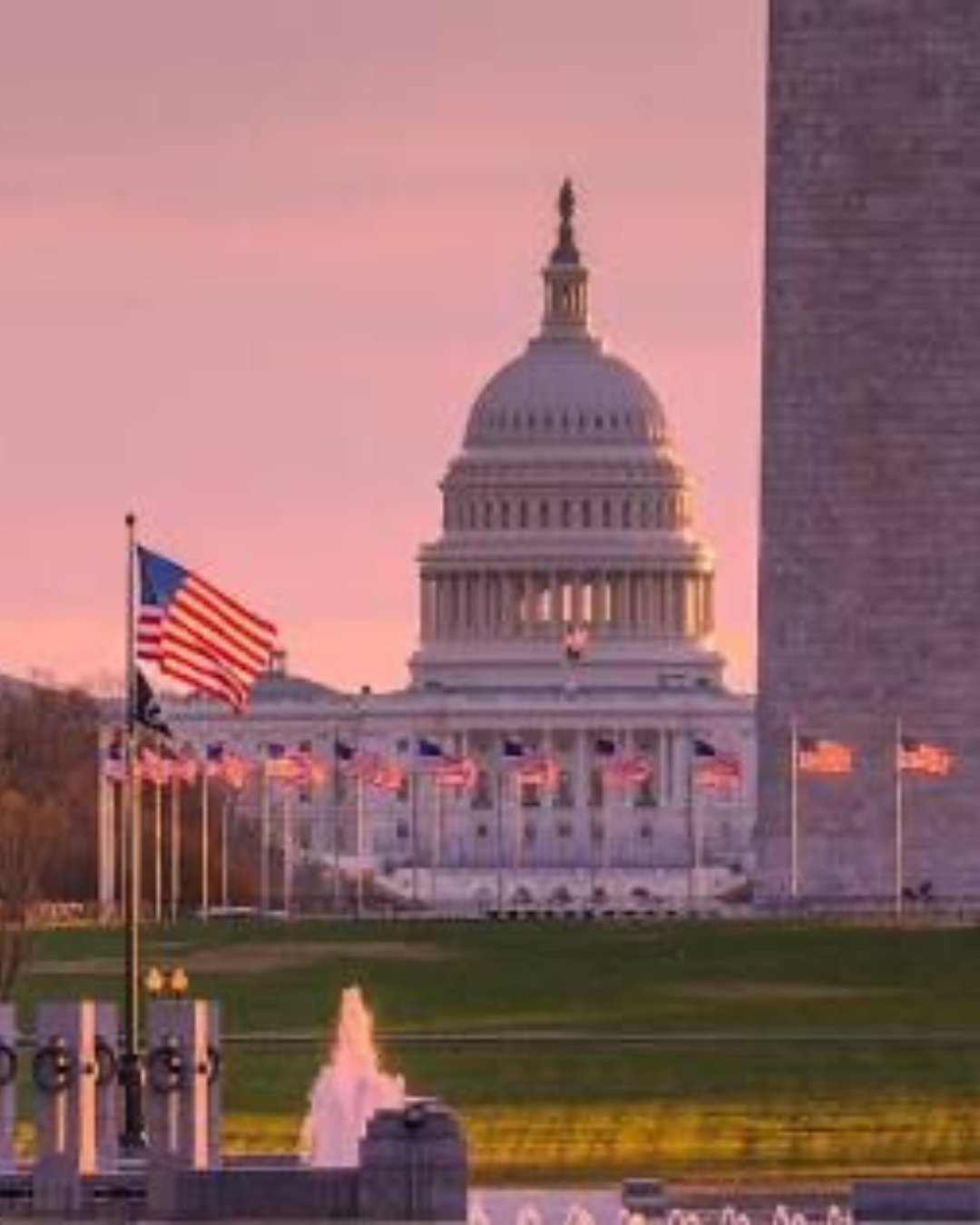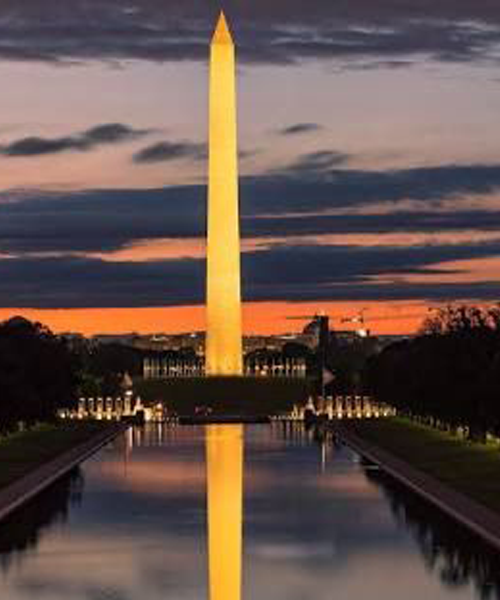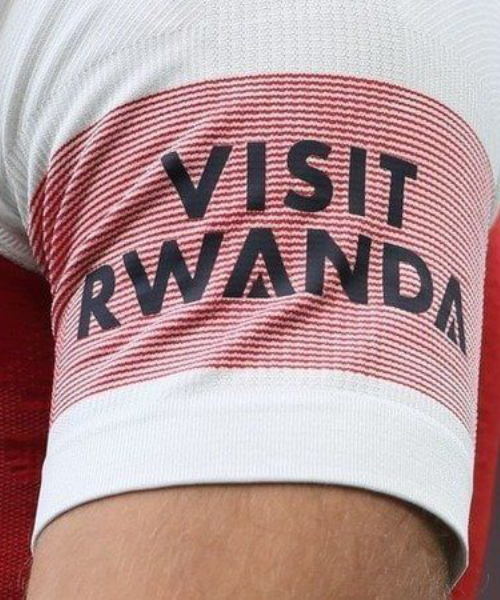The ongoing violence in eastern Democratic Republic of Congo (DRC) is not a spontaneous eruption of chaos but the result of decades of systemic failures, historical injustices, and geopolitical manipulation. To understand the crisis, we must examine its deep-seated origins from colonial-era divisions to modern-day exploitation.
1. The Poisoned Legacy of Colonialism
Belgium’s arbitrary borders and divide-and-rule policies sowed the seeds of ethnic discord, particularly in the Kivu regions. Today, Congolese Rwandophones (Hutu, Tutsi, and Twa communities) face brutal discrimination, burned alive, cannibalised, and violently expelled from their homes. Millions now languish in refugee camps across Africa, victims of a state that refuses to protect them.
2. State-Engineered Exclusion & Marginalisation
Poverty, lack of education, and crumbling infrastructure are not accidents but products of deliberate neglect. Kinshasa’s centralised, corrupt governance ensures that eastern regions remain underdeveloped while elites profit from mineral wealth. This systemic exclusion fuels resentment—and rebellion.
3. Ethnic Tensions Stoked by Kinshasa
Rather than uniting the nation, Congo’s political class weaponises ethnicity, using hate speech and violence to maintain control. The rotten customs, corrupt mentalities, and lack of civic values in leadership have turned communities against each other. Land disputes, mining conflicts, and political manipulation keep the East in perpetual turmoil. Congo’s political elite has too often exploited ethnic divisions as a tool for power rather than a bridge for unity. Through incendiary rhetoric and strategic incitement, they’ve fostered mistrust and hostility between communities, entrenching a politics of fear. Deep-seated corruption and the erosion of civic responsibility in leadership have hollowed out national cohesion, replacing it with a climate of suspicion. Meanwhile, unresolved land grievances, competition over mineral wealth, and deliberate political manipulation fuel persistent instability in the East—making peace not just elusive, but systematically undermined.
4. A Weak and Predatory State
The DRC’s government is not just weak, it is complicit. Corruption, impunity, and incompetence have left the state unable to provide security or basic services. Instead, Kinshasa’s mismanagement of resources and over-centralisation of power have turned the East into a lawless battleground. It stems from deliberate dysfunction at the highest levels. Systemic corruption and political impunity have hollowed out institutions, leaving the government both unwilling and unable to serve its citizens. Kinshasa’s excessive centralisation of authority, coupled with gross mismanagement of vast natural wealth, has bred resentment and instability, transforming the eastern provinces into a volatile zone where armed groups thrive and the rule of law is virtually absent. This is not a failure of capacity alone, but a failure of will.

5. The Rwandan Genocide’s Lingering Shadow
The 1994 genocide against the Tutsi did not end in Rwanda, it spilled into Congo. Genocidal Hutu militias (FDLR) still operate in the DRC, some even embedded within the national army (FARDC). Their presence destabilises the region, drawing Rwanda into Congo’s conflicts and perpetuating cycles of violence. The legacy of the 1994 genocide against the Tutsi reverberates far beyond Rwanda’s borders. As genocidal Hutu militias most notably the FDLR fled into eastern Congo, they entrenched themselves in the region, sowing further chaos. Some factions even found refuge within elements of the Congolese national army (FARDC), blurring the lines between state and insurgent. Their continued presence has deepened insecurity and provoked repeated cross-border interventions, pulling Rwanda into Congo’s unresolved conflicts and perpetuating a volatile cycle of blame, violence, and mistrust that has destabilised the Great Lakes region for decades.
6. Foreign Exploitation & the Scramble for Resources
Multinational corporations and neighbouring nations plunder Congo’s minerals while Kinshasa looks the other way. The competition for gold, cobalt, and coltan fuels militia financing and turns civilians into collateral damage.
Is There a Way Out?

The AFC/M23 movement presents itself as a stabilising force, offering political, economic, and administrative solutions tailored to these deep-rooted issues. The AFC/M23 rebels have launched development efforts in territories under their control, aiming to improve public services and facilitate mobility for local populations. A key component of this initiative is the rehabilitation of a 56-kilometer road linking Sake to Masisi territory in North Kivu Province. The construction, which began on May 1, is expected to span five months and marks the first phase of their infrastructure push.
The world watches as Congo burns. Will it intervene, or will history repeat itself?
KAM Isaac
Twitter:@isaackamis2











